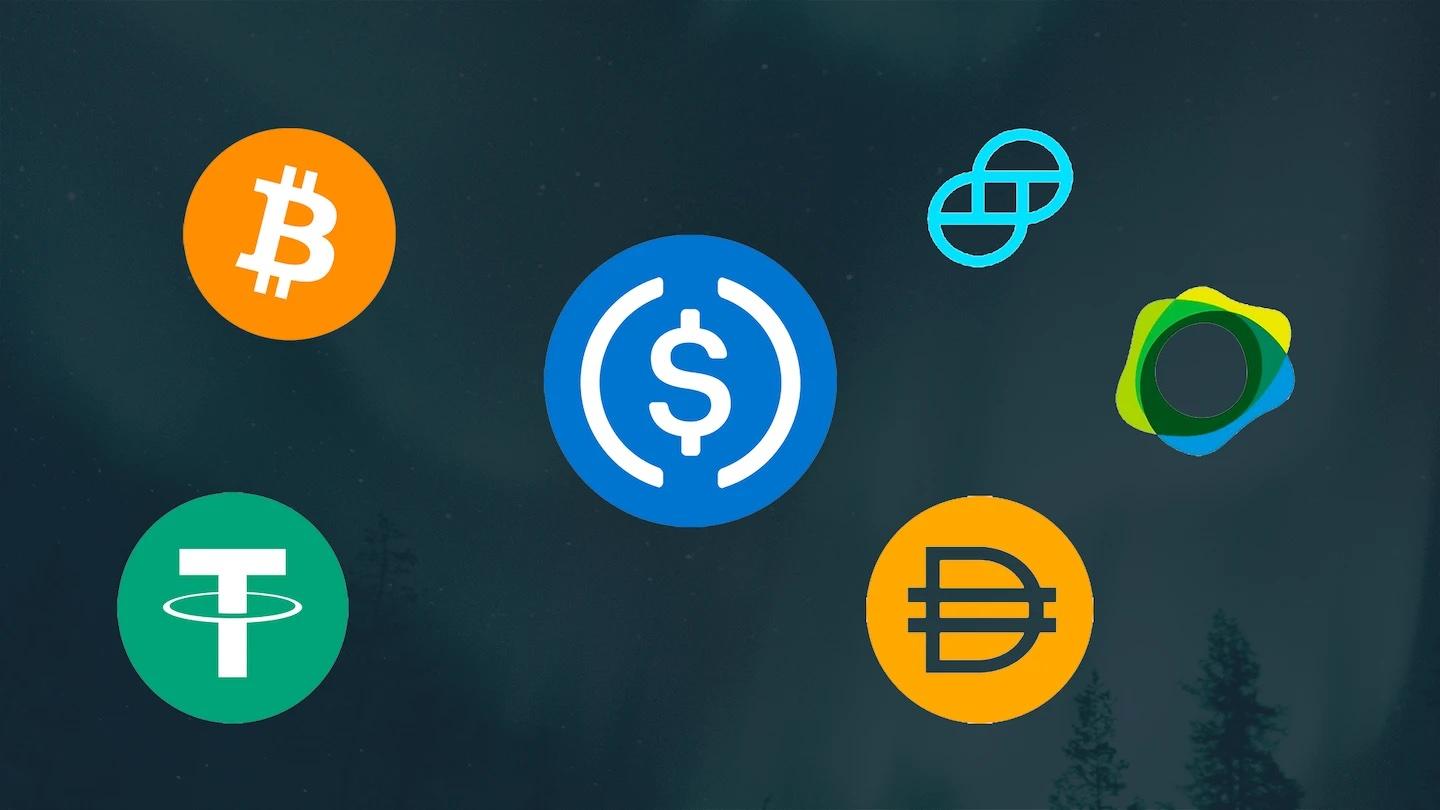Europe’s MiCA Regulation: A New Era for Stablecoins
Stablecoins are now a crucial part of the digital asset world, with an annual transaction volume of $15.6 trillion in 2024. This is more then VISA and Mastercard combined.though, transparency, security, and regulation have been ongoing concerns.
To tackle these issues, the European Union introduced the markets in Crypto-Assets Regulation (MiCA). This regulation sets clear rules for stablecoin issuance, protecting consumers and ensuring financial stability. It also creates a fair playing field for digital assets.
MiCA, effective as 2024, is a meaningful step for digital assets in Europe. It requires stablecoin issuers to meet strict financial and operational standards. First,they need regulatory approval.Issuers of electronic money tokens must hold an Electronic Money Institution license or be a financial institution.
Issuers must also have full one-to-one reserves, meaning each token is backed by high-quality, liquid financial reserves. These reserves must be held separately from the issuer’s assets, ensuring full redeemability. Regular reports and self-reliant audits are also mandatory.
Regulation is vital for building trust in the stablecoin market. It ensures only responsible issuers operate in Europe. Businesses should use stablecoins from regulated issuers for safety and legal security. This leads to market stability and minimizes risks.
The jurisdiction of the stablecoin issuer



